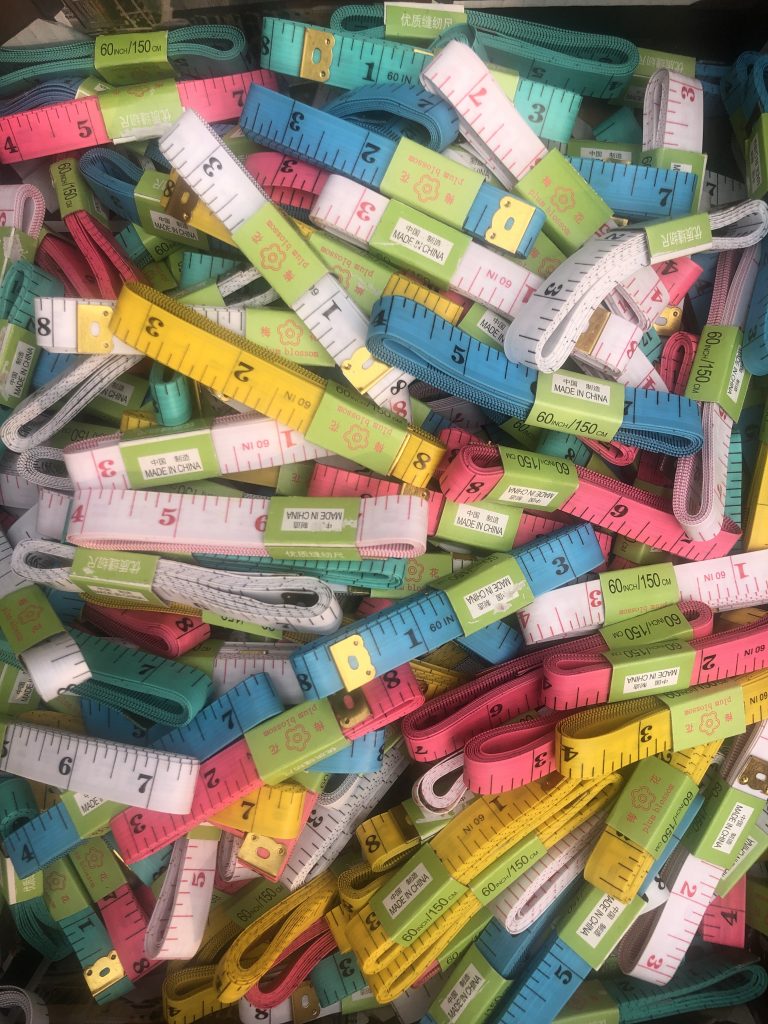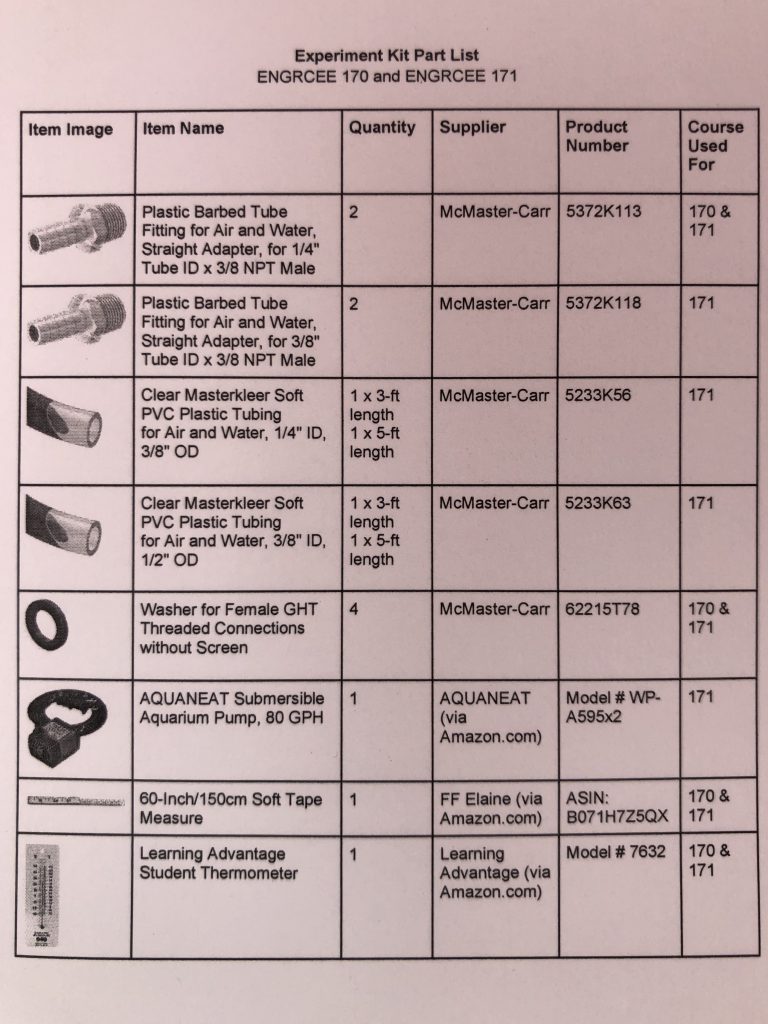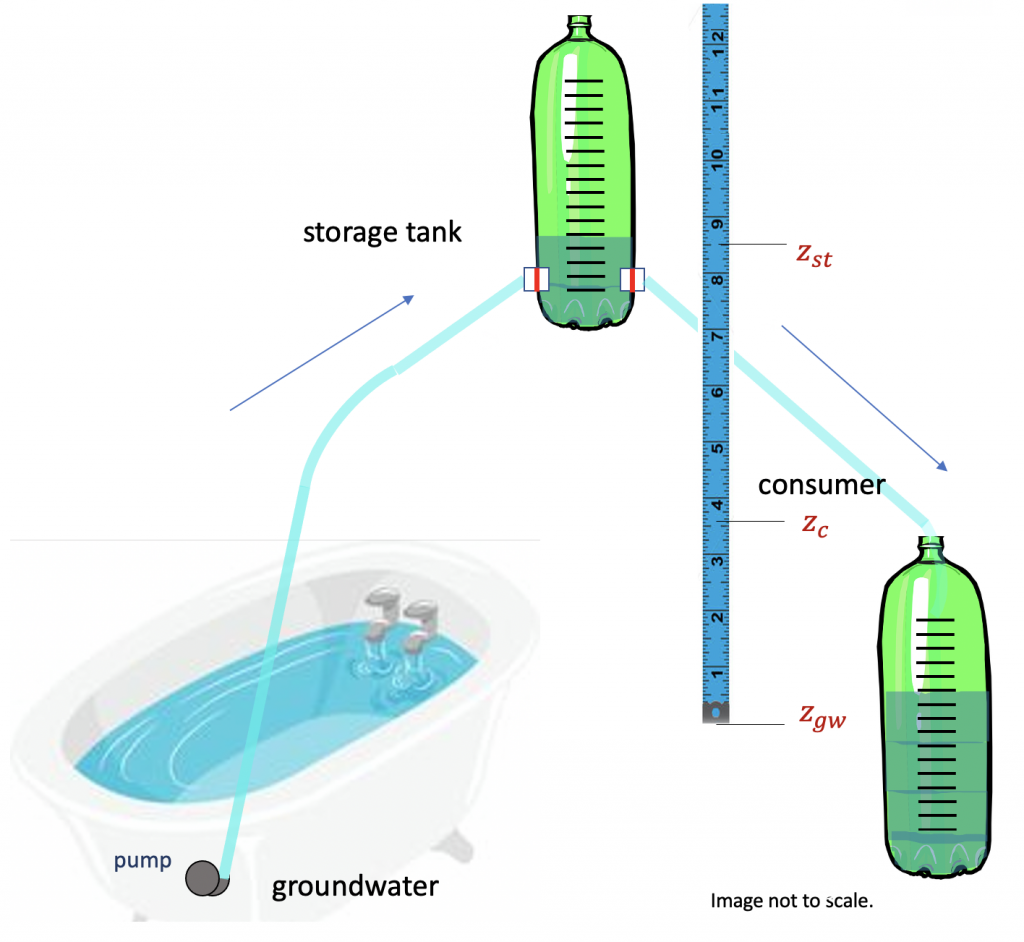Author: Brett F. Sanders
Brett Sanders is a Professor of Civil and Environmental Engineering, Urban Planning and Public Policy and Interim Dean of Undergraduate Student Affairs for the Samueli School.
Contact: bsanders@uci.edu
An Unpleasant Fall Quarter Surprise
Courses in several Departments had exams impacted by Chegg during the Fall quarter. Chegg is an online resource that allows users to post any technical question (or problem) and then wait for an answer (solution). While taking an exam, a typical incident of academic misconduct begins with a student who creates a screen-shot of an exam question and uploads it to Chegg as an image file. Within a matter of minutes to hours, an answer to the question is posted by another user or agent of Chegg – and becomes available to paid subscribers. Furthermore, any text or math that appears in the image is identified and extracted, and then a text version of the question is generated and available for search engines like Google. If a student who is taking the test simply cuts and pastes an exam question into Google, a link to the solution available on Chegg will appear if it’s been solved – and will be accessible to those who are subscribers. Hence, academic misconduct continues when students search for answers to test questions and view posted solutions. The most common mode of cheating involves students who panic when they don’t know how to solve a problem and they resort to an online search.
During mid-Fall quarter, as I was providing assistance to two faculty who had exams compromised by Chegg, I wondered whether the course I was teaching (ENGRCEE 170) was also impacted. I concluded that it was not – but I would later learn that I was wrong and that I was searching the wrong way. I made the mistake of searching Chegg based on the course name and course number – what I needed to be doing was searching Google based on the full text of each question that appeared on my exam.
Evidence of academic misconduct only appeared to myself and TAs when we graded the final exam and noticed solution patterns that: (a) were wrong and (b) used equations and notations that we did not teach in class and did not appear in our book. Shortly thereafter, one of my TAs found one of our final exam questions on Chegg – and then the house fell down – nearly all of the exam questions had been posted on Chegg along with solutions.
I contacted Chegg to request a report of users who posted exam questions and viewed the solutions, and to request that they remove the material. Within a few days, I received reports for both of the midterm exams, as well as the final exam. This revealed the UCInetIDs of several students in the course, UCInetIDs of students not in the course, and users with ghost email addresses. To complete the investigation of students who were involved, I worked with several campus offices (Privacy, Student Conduct, Campus Counsel, and Student Affairs) to get approval for OIT to trace the IP addresses of the students who used Chegg. OIT can cross-reference the IP addresses provided in the Chegg report against the IP addresses of students who logged in to take the exam (based on the class roster), but only after an approval process for ensuring privacy protections. Alas, the investigation took quite a bit of time and the results have now been submitted to the Office of Academic Integrity and Student Conduct for (possible and likely) disciplinary action. The investigation showed evidence that 11 students engaged in cheating out of a total of 167 students in the class.
So What’s the Point?
We are stuck in this awful situation for the foreseeable future. UCOP has chosen not to take action against these companies, and individual instructors don’t have the resources to fight and win this battle. This really goes beyond any university. It strikes me that schools across the country at all levels ought to be working together to force government to better regulate these companies. Recently, Chegg created something called Honor Shield, which is a non-starter for me. It asks instructors to upload whole exams to their website so Chegg can check to see if users are submitting questions from exams. Are you ready to turn over all your exams to Chegg? Good grief.
We are left taking steps to discourage and minimize exam interference. (I think “prevent” is too strong of a word.) Some of you are using tools like the Lockdown Browser and I’d be curious to hear how that is going. I elected not to use that in my class over concern for (disadvantaged) students who were having various challenges with hardware and software – just staying online can be a challenge for many students. And overall, I just hate making life more difficult for the vast majority of students in order to control misconduct by a small minority of students.
One thing that I recommend to faculty is an announcement and/or statement on the syllabus that the university has the investigative power to identify cheaters based on the IP address used to access an exam.
Another important reminder for students is that ethics is a foundation of our profession.
And yet another important point is that Chegg solutions are frequently wrong! Imagine this: paying $20 a month to have access to solutions to problems that are wrong and provide strong and clear evidence of cheating to the university. In addition to students, I suspect parents might be interested in hearing this message, especially when graduation is delayed and education costs go up tens of thousands of dollars.
Nevertheless, my final point is to not over-react and make life too difficult for the majority of the students out of concern for a small minority. Of course, finding the right balance is always tough and variations in approaches can be expected by the instructor and course.
Available to Help
I’ll close by saying that I’m available to help: (a) I have a Chegg account so I can show instructors posted solutions to problems, (b) I have a Dean’s letter that I can share with faculty for use in requesting a report from Chegg, and (c) I’d be happy to chat with you and provide guidance and suggestions if your course is impacted.
And on we go….

















